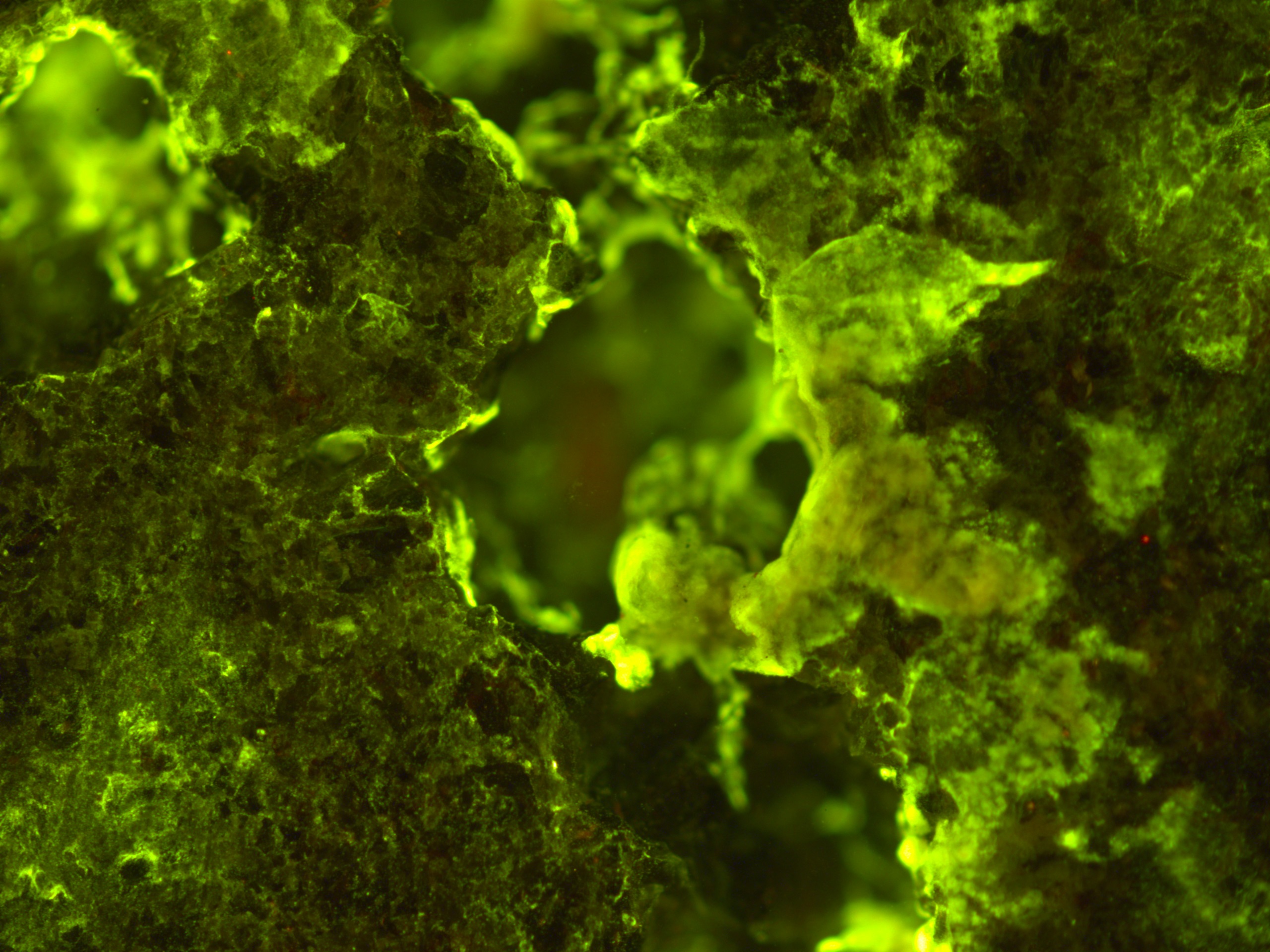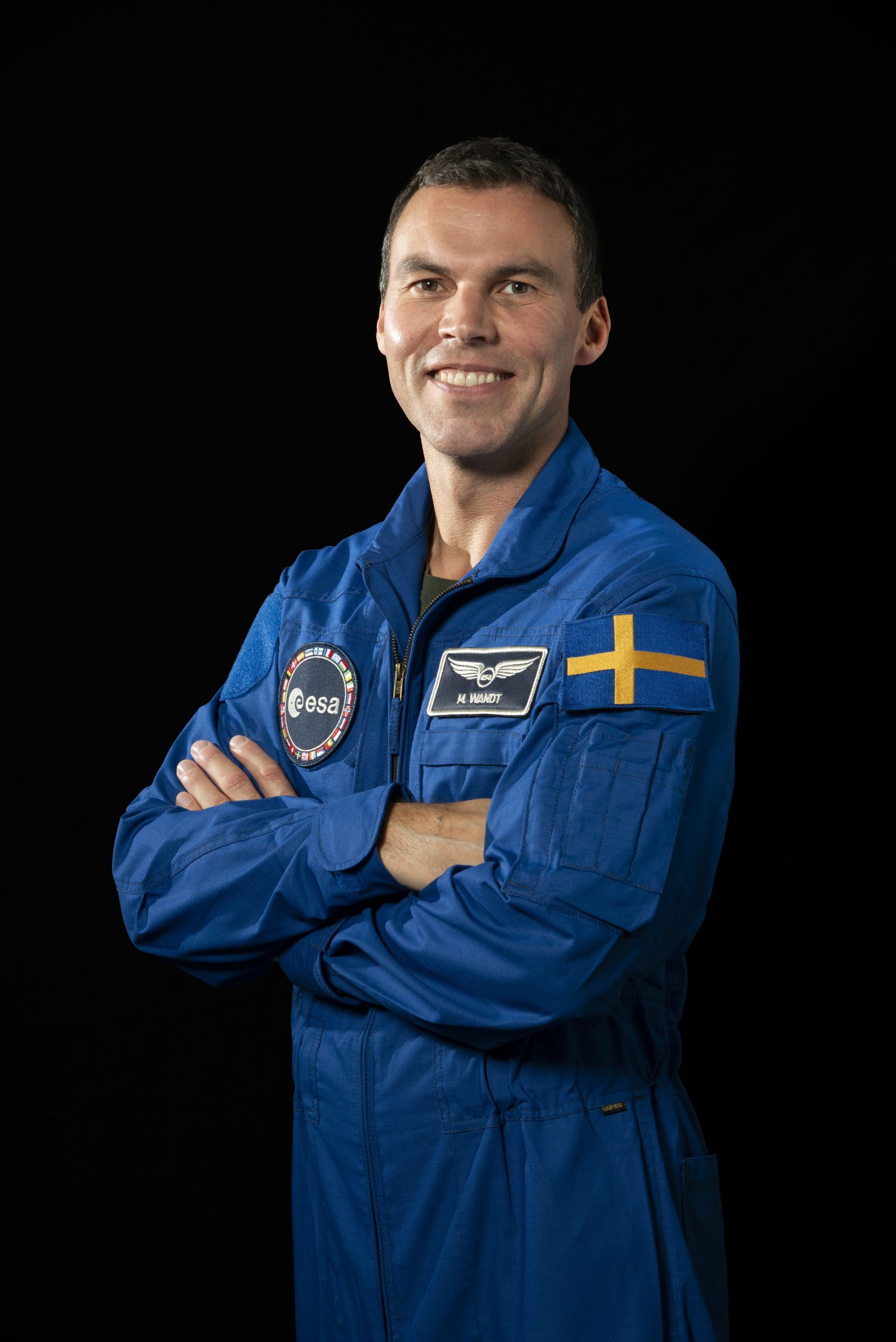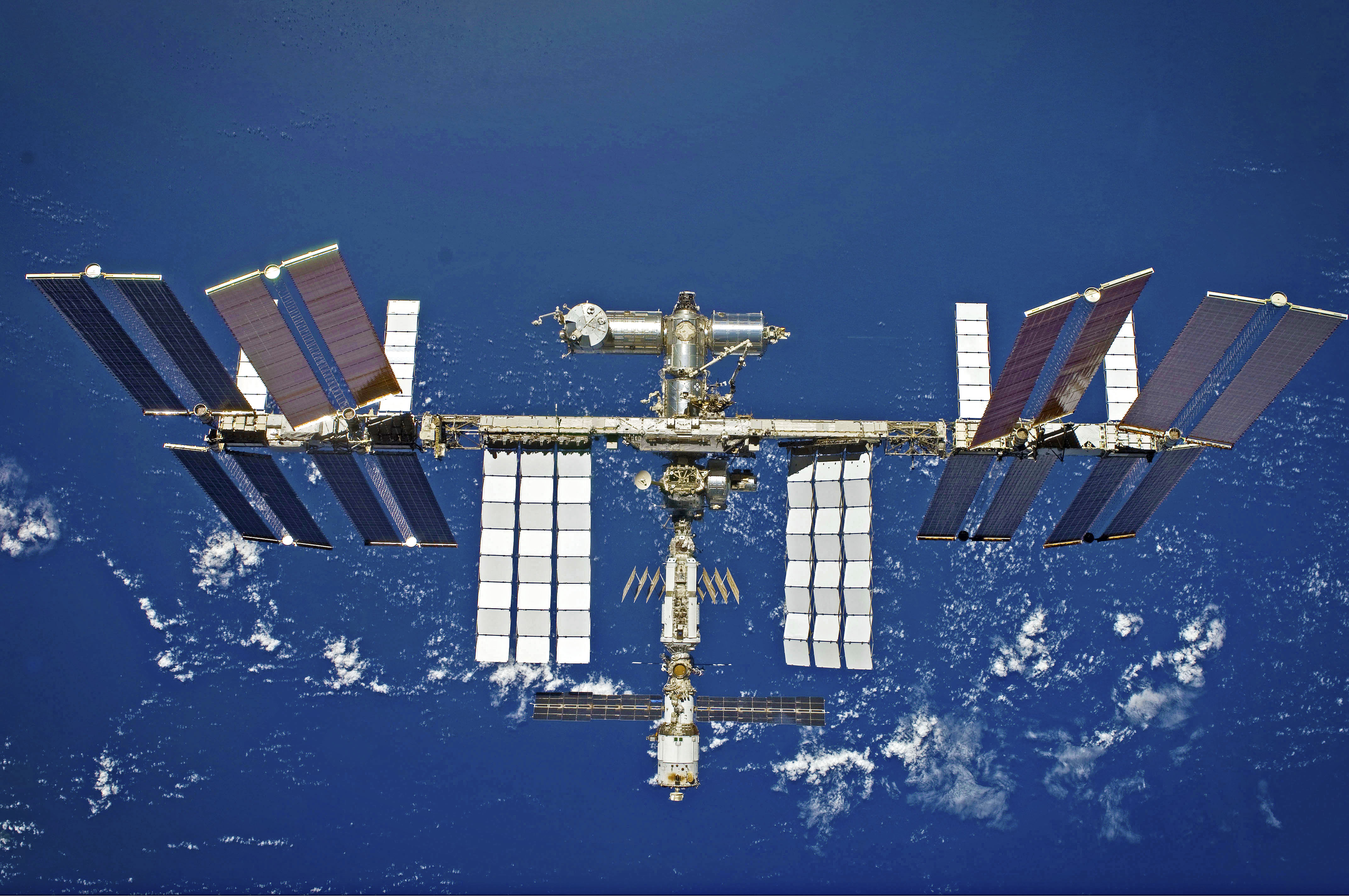
Science
(English) Glove is in the air
Posted on 13 December 2024 by Laura
(English) Ever wondered how astronauts conduct delicate experiments in the harsh environment of space? Gloveboxes—sealed chambers equipped with built-in gloves—allow them to perform groundbreaking research without compromising safety or precision.
Read the article










